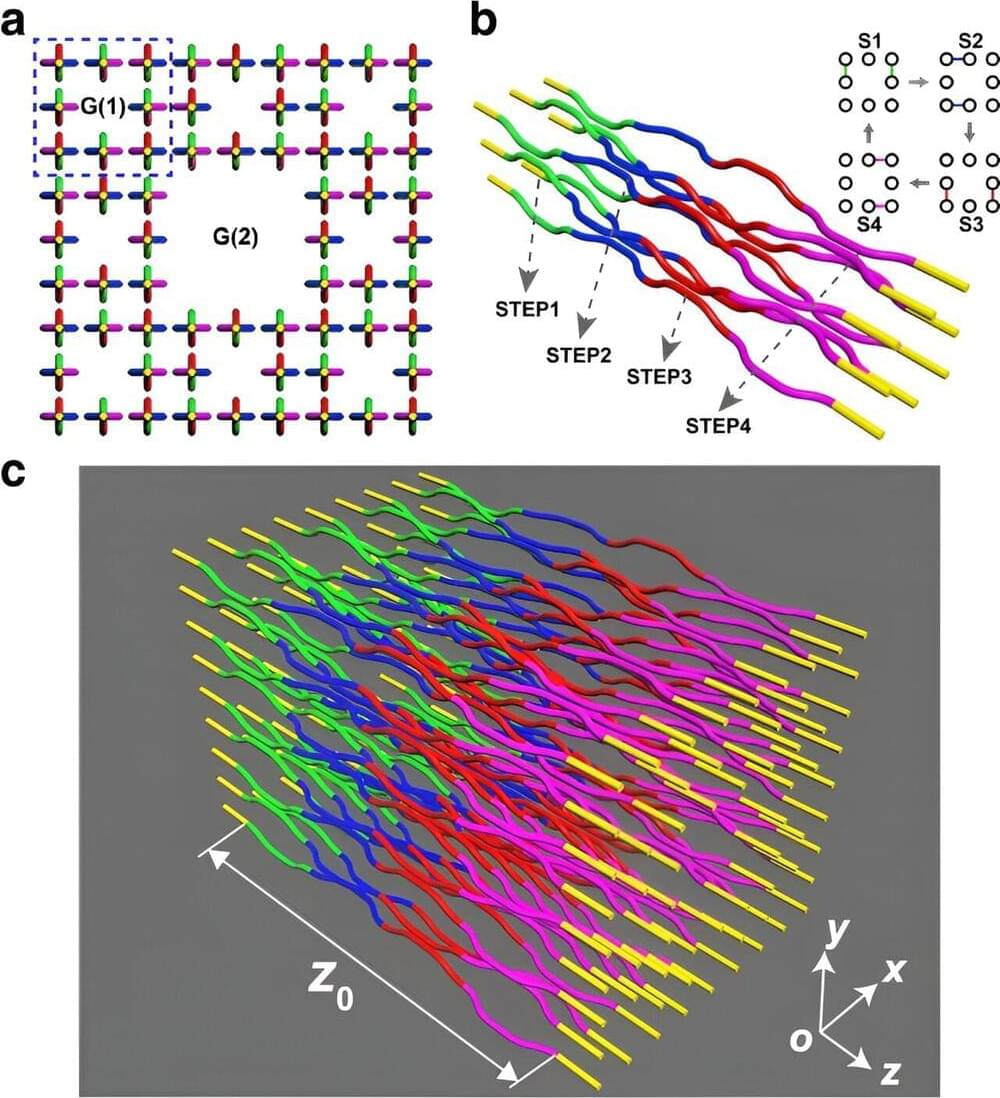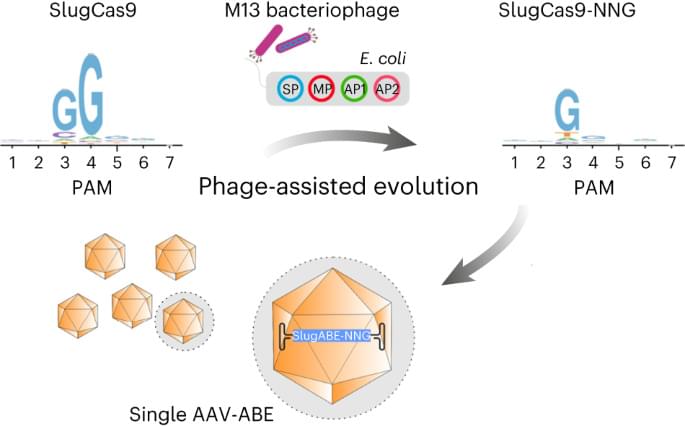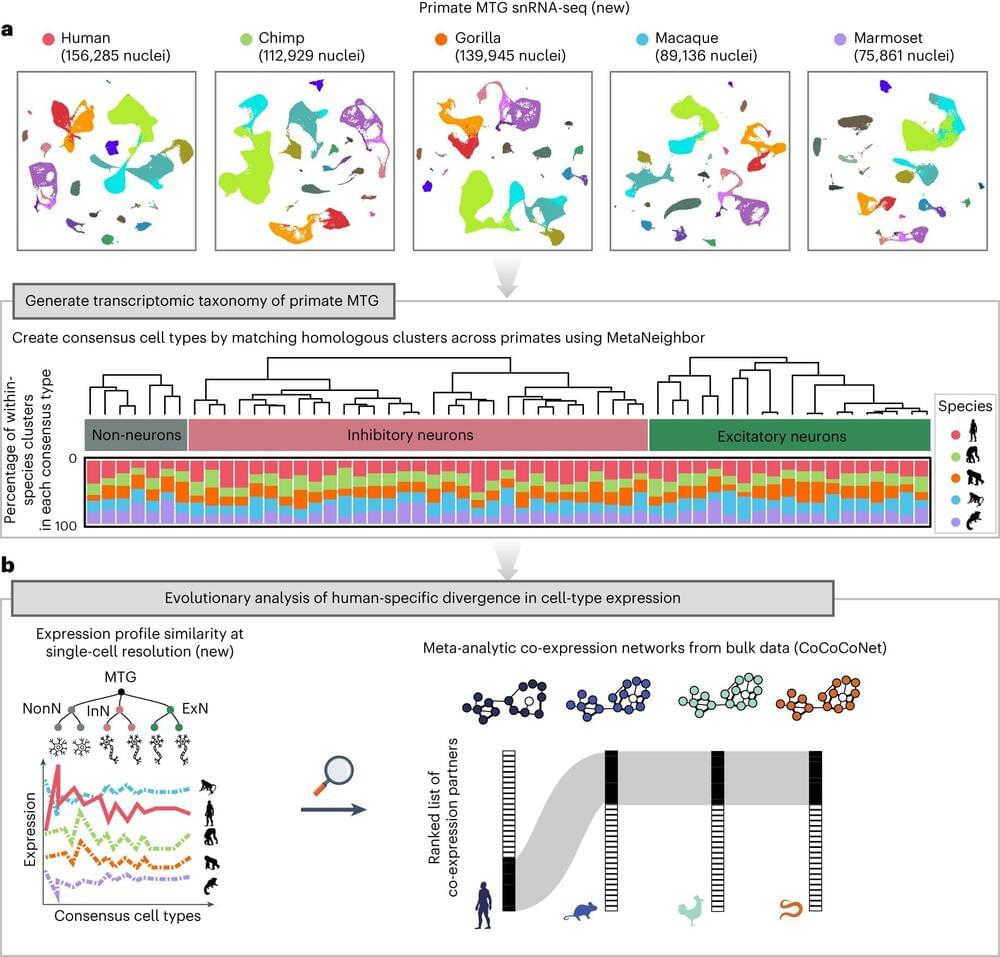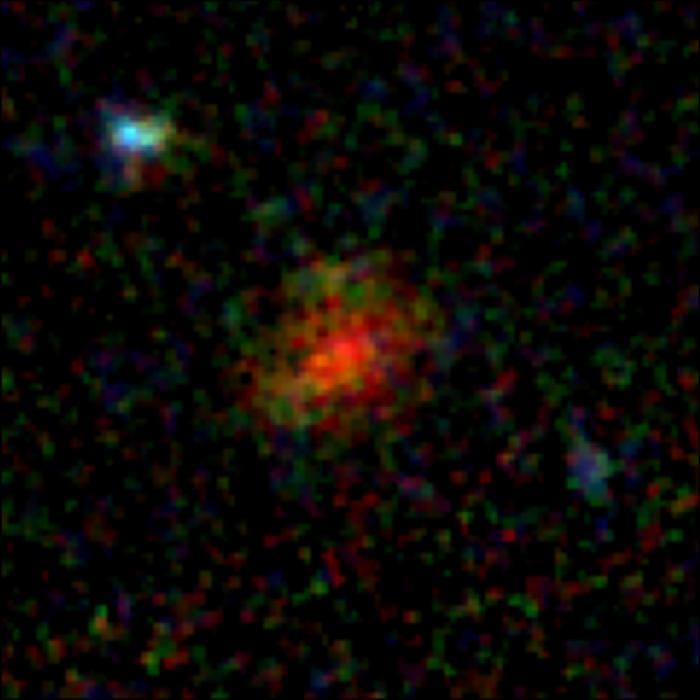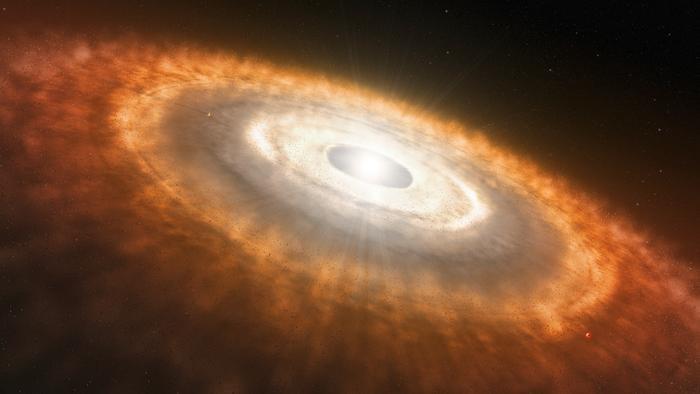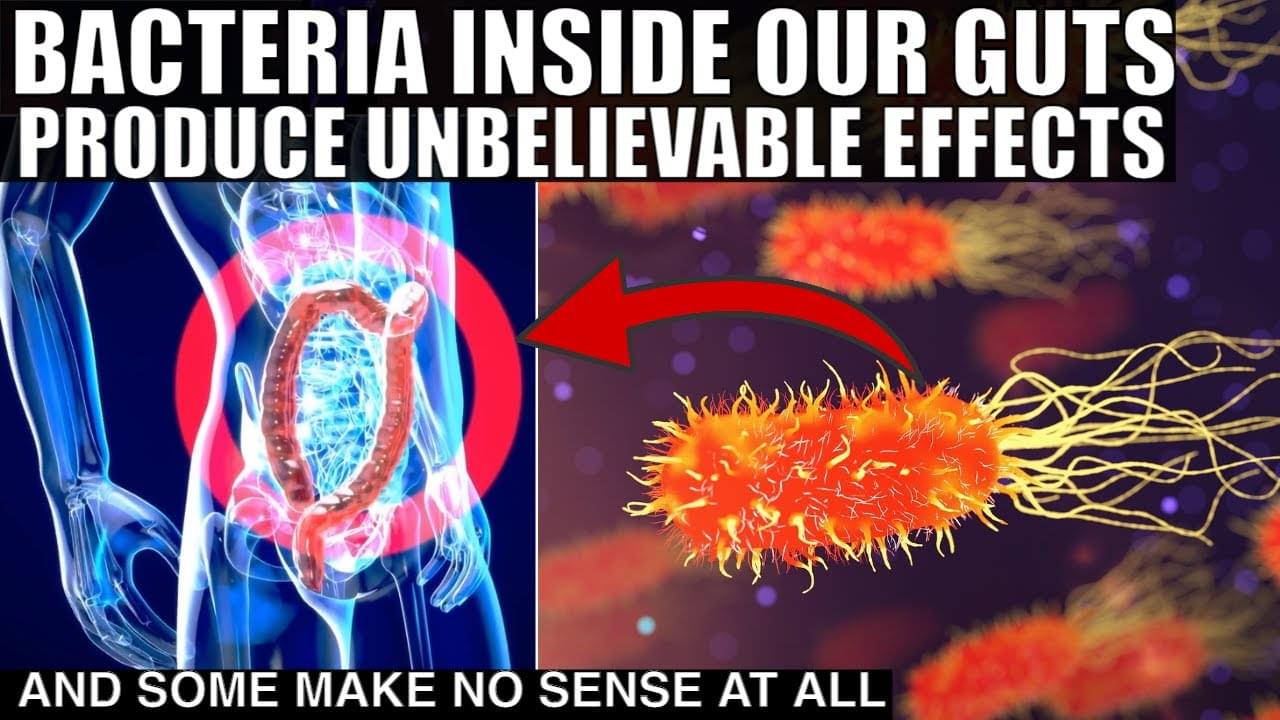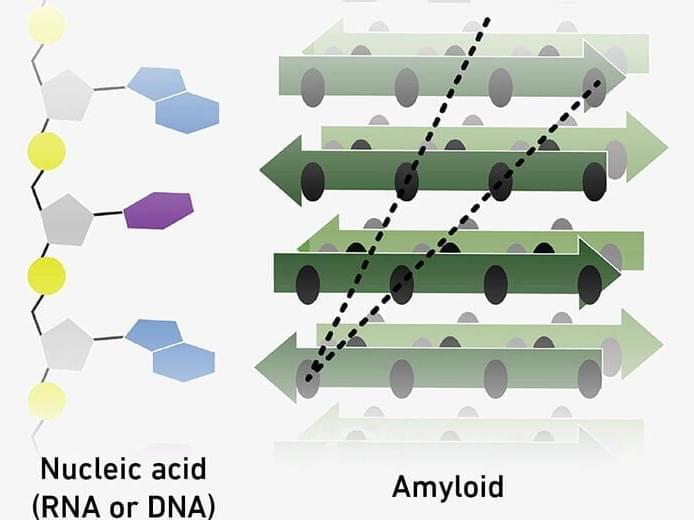Dec 8, 2023
The Evolutionary Psychology Of Love
Posted by Chris Smedley in categories: evolution, neuroscience, sex
Robin Dunbar is an anthropologist, evolutionary psychologist, head of the Social and Evolutionary Neuroscience Research Group at the University of Oxford and an author. Love is something that people have been trying to describe for thousands of years. Beyond asking what love is, is the question of why humans feel something so strange in the first place. Why would evolution have exposed us to this extreme sensation with huge potential for catastrophe and pain? Expect to learn how love is adaptive, why humans need to have more sex than almost all other animals to get pregnant, why ancestral men who hunted big animals were only doing it to get laid, how the length of your fingers can tell you how promiscuous you are, whether Robin thinks humans were ancestrally monogamous and much more…



